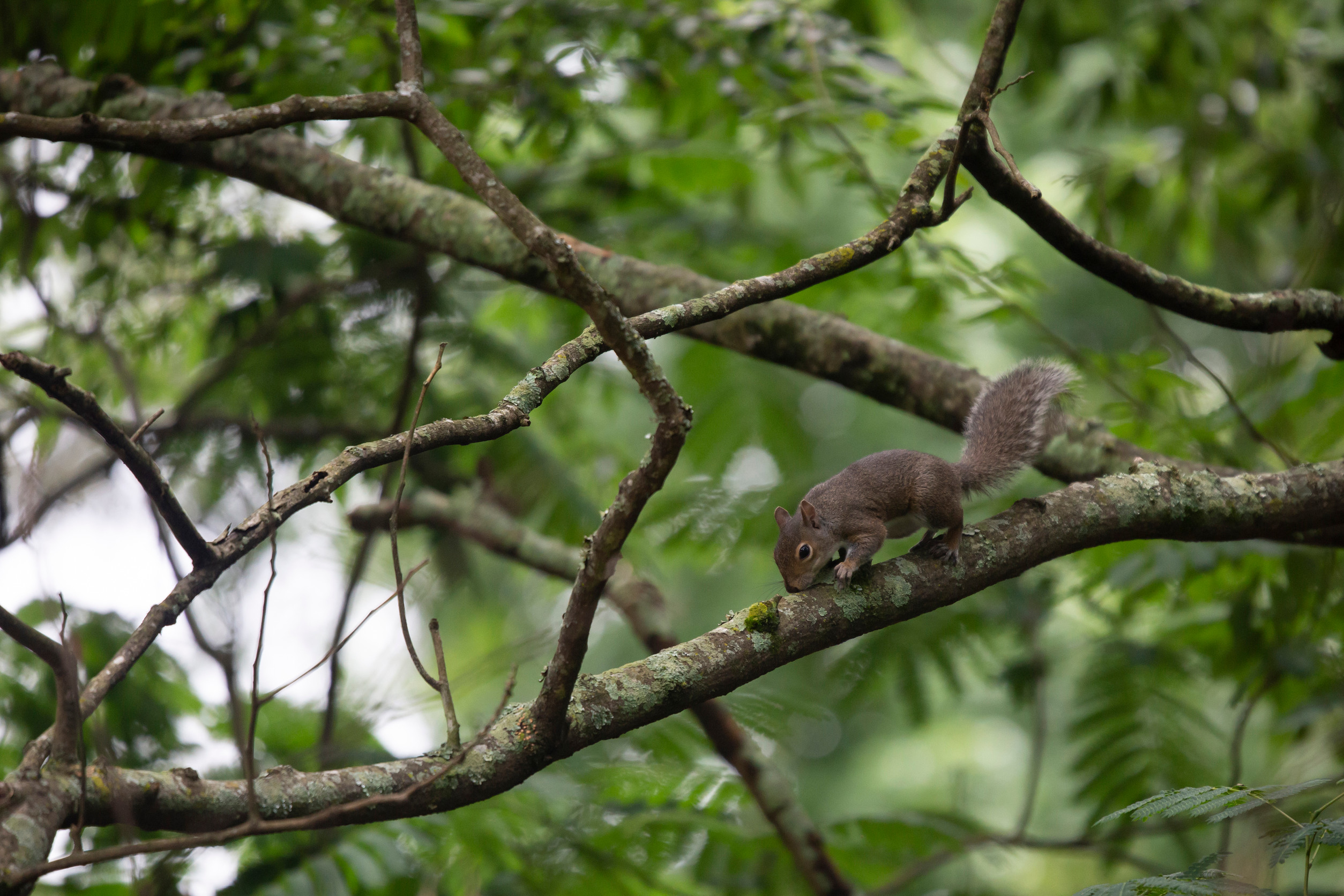The rhythmic drumming of a woodpecker might sound charming in the forest, but when it’s on your house, it’s a serious problem. Woodpeckers can cause significant damage to siding, eaves, and trim, leading to costly repairs. At True Guard Pest and Wildlife, we understand the frustration and expense that woodpecker damage can cause. This guide will explain why woodpeckers target homes and, most importantly, how to get rid of woodpeckers effectively and humanely.
Why Are Woodpeckers Attacking My House?
Before you can get rid of woodpeckers, it’s helpful to understand their motivations. They aren’t just being destructive for fun; there’s usually a reason behind the hammering:
- Drumming for Territory and Mates: Woodpeckers, especially during the spring breeding season (late April to May), use loud drumming to establish territory and attract a mate. They choose resonant surfaces, and unfortunately, your siding might be perfect. This type of drumming is usually temporary and stops once breeding begins.
- Excavating Nest or Roost Holes: Woodpeckers create cavities for nesting and roosting. These holes are typically large, round, and very clean-looking. If you see a perfectly circular hole, it’s likely a nest attempt. It’s important to deal with this before or after the nesting season to avoid harming baby birds.
- Hunting for Insects: This is a major reason, and it often indicates a bigger problem. Woodpeckers are excellent at finding insects hidden within your siding. Small, irregular holes are a telltale sign of this foraging behavior. They’re often after:
- Carpenter Bee Larvae: A very common culprit. Carpenter bees bore tunnels in wood, and woodpeckers will happily excavate to reach the tasty larvae.
- Leafcutter Bee Larvae: Similar to carpenter bees, these bees create nests in wood, attracting woodpeckers.
- Grass Bagworms: These caterpillars build protective cases on siding and other surfaces.
If you suspect insects, carpenter ants, you may want to address the underlying infestation before the woodpeckers will leave.
- Storing Food (Less Common): Primarily in the Western US, Acorn Woodpeckers create numerous small holes to store acorns. This creates a very distinctive pattern of damage.
How to Get Rid of Woodpeckers: Proven Methods
Once you’ve identified why the woodpeckers are targeting your home, you can choose the most effective deterrent. Here are some proven methods, ranging from simple DIY solutions to professional help:
Visual Deterrents (Most Effective):
- Reflective Streamers: These are highly effective. The movement and flashing light disorient and scare woodpeckers. Use shiny, Mylar streamers for best results.
- Aluminum Foil or Reflective Tape: Similar to streamers, strips of foil or reflective tape can be attached to the affected area.
- Mylar Balloons: Shiny, helium-filled Mylar balloons (especially those with large “eye” patterns) are surprisingly effective.
- Bird netting: make sure it is 3 inches away from the wall and encloses the area, so no birds get trapped.
Sound Deterrents (Limited Effectiveness):
- Woodpecker Distress Calls followed by Predator Calls: While these may work temporarily, woodpeckers often become habituated to them.
- Loud Noises: Sudden, loud noises can scare them away, but this isn’t a long-term solution.
Physical Barriers:
- Burlap: Covering the affected area with burlap can prevent access.
- Bird Netting: Properly installed bird netting can be very effective. Make sure it’s taut and extends at least 3 inches away from the siding to prevent the woodpecker from reaching through. Seal the sides to prevent birds from becoming trapped.
Addressing the Underlying Cause:
- Insect Control: If the woodpeckers are foraging, you will want to eliminate the insect infestation. Contact True Guard Pest and Wildlife for a professional inspection and treatment plan. [Link to contact page/form]
- Wood Putty: After ensuring no birds are present, fill any existing holes with wood putty to discourage further activity.
Things to avoid
- Sticky repellents: These are inhumane, will also trap beneficial animals, and are strongly discouraged.
When to Call a Professional (True Guard Pest and Wildlife)
While DIY methods can be effective, some situations require professional help:
- Persistent Woodpecker Activity: If you’ve tried multiple deterrents and the woodpeckers keep returning, it’s time to call in the experts.
- Extensive Damage: Significant damage may require repairs and professional woodpecker exclusion techniques.
- Suspected Insect Infestation: We can identify and eliminate the underlying insect problem, which is often the root cause of woodpecker damage.
- Nesting Birds: If woodpeckers are actively nesting, it’s best to wait until the young have fledged before taking action. We can advise on the best timing and humane removal methods.
Protecting Your Home from Woodpeckers Long-Term
Woodpecker problems can be frustrating, but they are solvable. By understanding why these birds are attracted to your house and taking proactive steps, you can prevent further damage. Remember, addressing the root cause (like an insect infestation) is often key to long-term success. For residents of Vancouver or the Portland area, True Guard Pest and Wildlife is here to help. We offer expert woodpecker control and prevention services. Contact us today for a free estimate and a personalized plan to keep your home woodpecker-free.






